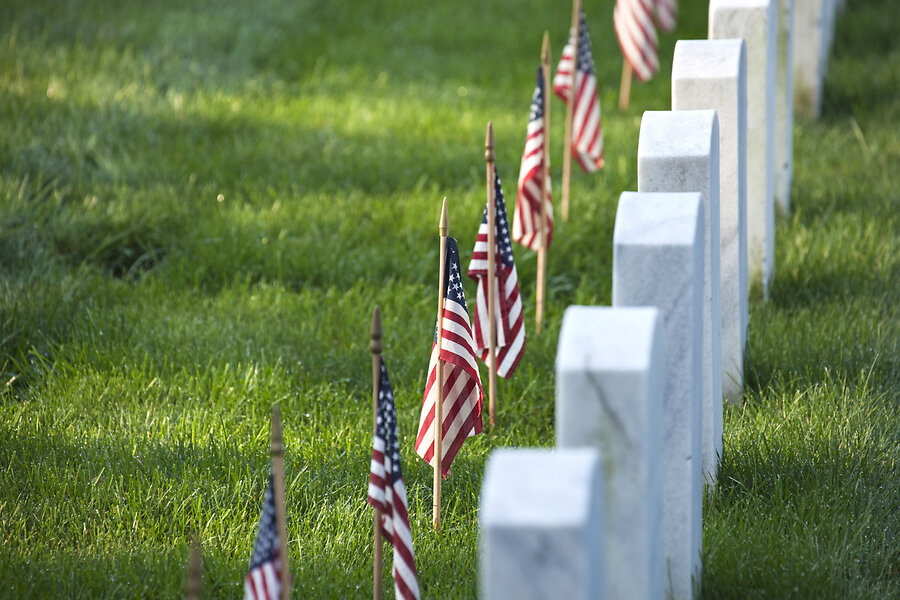 MEMORIAL DAY by Rob Lauer This Memorial Day, Americans nationwide will honor the brave men and women who died while serving in the U.S. military. Memorial Day-the unofficial beginning of summer for most of us-is a day typically marked by the lowering of U.S. flags to half-staff, the decorating of veterans' graves, ceremonies paying tribute to fallen heroes, parades, and family gatherings. In a country that values the sacrifices of its military men and women, many might be surprised to learn that Memorial Day is one of our newest national holidays. It was not until 1968 that Congress passed the Uniform Monday Holiday Act, establishing Memorial Day nationwide as the last Monday in May in order to create a three-day weekend for federal employees. The change went into effect in 1971, officially making Memorial Day a national holiday. Before 1971, the holiday that we all now call Memorial Day was observed by the various states on different days and under various names. Originally known as Decoration Day, the holiday originated in the years following the Civil War, which ended in the spring of 1865. The war-the deadliest political failure in American history-tragically claimed more American lives than any conflict or war in U.S. history-including World War II. The deaths of nearly 750,000 Americans during a four-year period (over two percent of the entire population) required the establishment of the country's first national cemeteries. By the late 1860s, towns and cities nationwide were holding springtime tributes to these fallen soldiers, decorating their graves with flowers and reciting prayers. It is unclear where exactly this tradition originated. In May 1865, less than a month after the Confederacy surrendered, records show that a group of formerly enslaved people in Charleston, South Carolina, organized commemorations for those who had fought and died to end slavery. The first "Memorial Day" by name was celebrated on May 5, 1866, in Waterloo, New York. On that date, local businesses closed, and residents decorated the graves of soldiers with flowers and flags. On May 5, 1868, General John A. Logan, leader of an organization for Northern Civil War veterans, called for a nationwide day of remembrance. Decoration Day, as he called it, was held on May 30 because that date wasn't the anniversary of any particular battle. On the first Decoration Day, General James Garfield made a speech at Arlington National Cemetery, and 5,000 participants decorated the graves of the 20,000 Civil War soldiers buried there. By 1890, each Northern state had made Decoration Day an official state holiday. Southern states, on the other hand, continued to honor their dead on separate days until after World War I. Following World War I, the holiday evolved from commemorating only those who died in the Civil War to honoring American military personnel who died in all wars, including World War II, The Vietnam War, The Korean War, and the wars in Iraq and Afghanistan.  The Shopper 1545 Crossways Blvd. Chesapeake, VA 23320 757-317-5465 http://www.TheShopper.com |